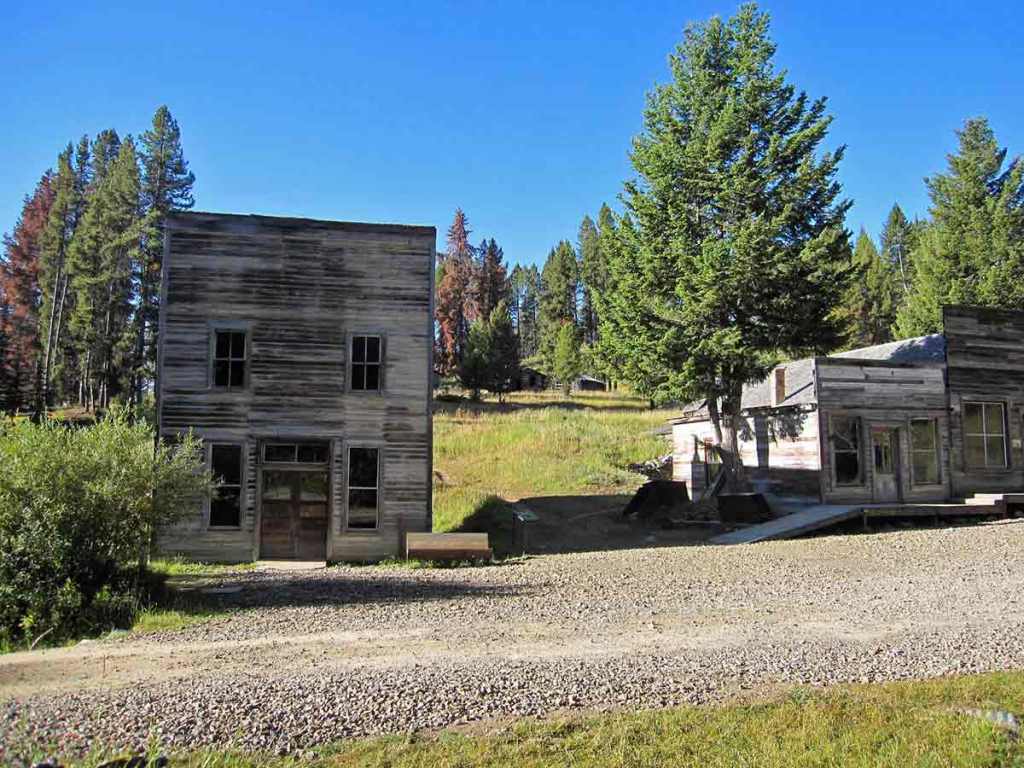Ghost towns have a unique allure that captivates the imagination of history buffs, adventure-seekers, and urban explorers alike. These abandoned settlements offer a glimpse into the past, telling stories of boom and bust eras, forgotten dreams, and remnants of bygone cultures. While exploring these ghost towns can be an exciting endeavor, it is crucial to promote their historic preservation.
Preserving ghost towns allows us to protect our cultural heritage and learn from the mistakes of our past. These deserted places are like time capsules frozen in time, showcasing architectural styles, daily life artifacts, and historical landmarks that might otherwise fade away with neglect and decay.
One significant aspect of preserving ghost towns is maintaining the structural integrity of buildings. Weathering elements such as wind, rain, snowfall can cause irreparable damage over time. By implementing restoration projects or stabilization efforts on key structures like churches or saloons within these towns – we ensure their continued existence for future generations to appreciate.
Another critical factor in preserving ghost towns lies in documenting their history. Researching archives and conducting interviews with locals who once lived there helps piece together narratives that might otherwise be lost forever. This documentation not only enhances our knowledge but also aids in developing educational resources for schools and museums.
Community involvement plays a vital role in historic preservation initiatives for ghost towns as well. Engaging local residents or nearby communities fosters a sense of ownership over these forgotten places while creating opportunities for tourism revenue that can support ongoing maintenance efforts.
Lastly, promoting responsible tourism practices is essential for preserving ghost towns sustainably. Encouraging visitors to respect boundaries set by authorities or private landowners ensures minimal disturbance to fragile structures or natural surroundings.
In conclusion, preserving ghost towns is crucial in safeguarding our cultural heritage while providing valuable insights into our past lives. By focusing on structural maintenance, historical documentation, community engagement, and responsible tourism practices – these abandoned settlements can continue captivating imaginations for years to come.

Leave a comment